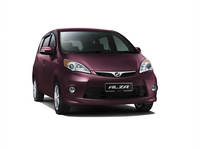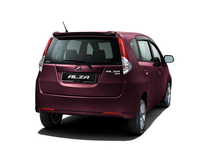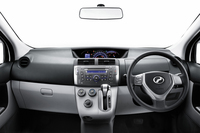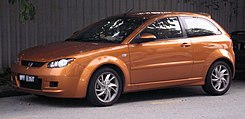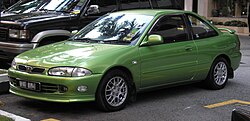OSAKA, JAPAN – November 24, 2009: Daihatsu Motor Co., Ltd. (Daihatsu) announced today that it has, together with Perusahaan Otomobil Kedua Sdn Bhd (Perodua) its Malaysian automobile production and sales joint venture company located in Selangor, Malaysia, begun sales of a new compact car, the ALZA. An event to mark the launch of the ALZA was held in Kuala Lumpur in the evening of November 23.
The ALZA, based on the compact passenger vehicle Boon Luminas in Japan, was developed under an R&D project led by Perodua to meet the diversifying needs and higher demand for compact cars in the Malaysian market, targeting the MPV and 3-box segments that are not fully covered by the Myvi and Viva alone. The monthly sales target is 3,500 units and the manufacturer's suggested retail prices range between RM56,000 and RM64,000 (approximately 1.45 to 1.66 million yen).
Origin of the ALZA name
The "ALZA" vehicle name is based on the Spanish word "alzar," which means to raise, boost, or lift, thus designating a vehicle that "enhances your lifestyle."
Perodua is Malaysia's second national auto manufacturer and has expanded its product lineup, with a focus on compact cars. With the cooperation of the Malaysian government, Perodua has worked to raise its cost competitiveness and enhance quality, as well as that of its suppliers, and has expanded its business also through production of the Avanza under contract from Toyota and exported the Myvi to Indonesia.
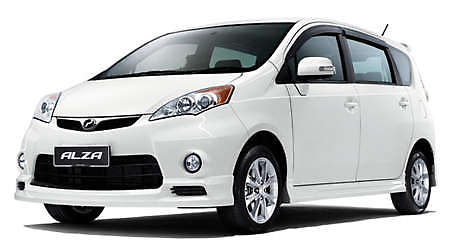
The highest specification level of the Perodua Alza is actually a model called the Perodua Alza Advanced Version, which is basically based on the Alza 1.5 Automatic Premium and Manual Premium but with a few additional specifications. You can book this now but delivery will only start in March 2010.
You basically get a new bodykit which consists of front, rear and side skirts and a different rear spoiler. On the inside, you get leather seat covers for all the seats, but the leather treatment does not continue onto the door trim. Also provided is a 5 inch touchscreen LCD which has a Windows CE-based GPS navigation system with a SiRF Atlas IV chipset and 500MHz CPU. The LCD also displays a feed from a 150 degree lense reverse camera.
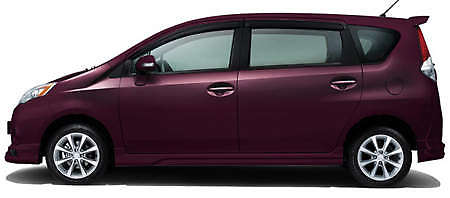
Finally, there is tinted film for all the glass in the Alza which Perodua claims is GPS and SmartTAG friendly. Perodua states the specifications as following: 95% IR rejection, 99% UV rejection, 70% light for the front windscreen and about over 50% light for the rest of the glass. This tint has a 5 year warranty against peeling, oxidisation, cracking, discoloration and fading. I assume that as an OEM option this tint is also JPJ-approved.
The Alza Advanced Version manual goes for RM66,490 for solid and RM66,990 for metallic, while the Alza Advanced Version automatic goes for RM69,490 for solid and RM69,990 for metallic. The S. Metallic option is missing because the Alza Advanced Version only comes in three colours – Ivory White, Ebony Black and Classy Purple, while the only special metallic colour is Pearl White.
I reckon you could probably get a good Garmin nuvi for under RM1,000 and add on a very good set of tint for about RM2,000 to RM3,000 or so maximum. If you don’t want the leather seat covers and bodykit you’re better off adding your own tint and GPS. Not sure about the cost of the reverse camera though.
Look after the jump for more pix of the Alza Advanced Version.
Click here to read the rest of Perodua Alza Advanced Version – extra equipment


